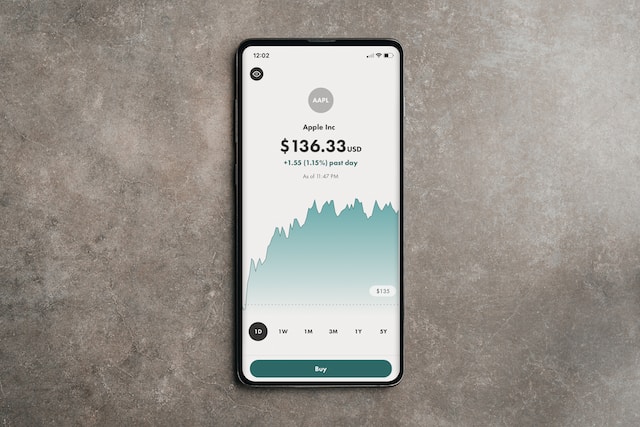The Dollar Index Chart Explained: A Comprehensive Guide for People, By People

The Dollar Index Chart stands as an essential instrument for traders, investors, and economists alike. It offers a concise portrayal of how the U.S. dollar fares in comparison to a selection of prominent global currencies. Before delving into further details, it’s imperative to grasp that the Dollar Index, frequently represented as DXY or USDX, serves as a barometer for gauging the U.S. dollar’s vigor or vulnerability within the worldwide financial landscape.
Table of Contents
History and Composition of the Dollar Index
A Brief History
Emerging onto the scene in 1973, the Dollar Index embarked on its journey with an initial benchmark value of 100. Throughout the decades that followed, the ebb and flow of this chart has been a testament to the continuous evolution of the U.S. dollar’s position in relation to its global currency peers. The inception of the Dollar Index was primarily motivated by the need to assess the U.S. dollar’s worldwide significance in the wake of the Bretton Woods system’s dissolution.
As time unfolded, the Dollar Index became a pivotal barometer, capturing the intricate dance of the U.S. dollar as it interacted with various international currencies. It serves as a historical record, reflecting the currency’s resilience in the face of economic shifts, geopolitical events, and monetary policies implemented by governments across the globe.
Elements Comprising the Dollar Index
The Dollar Index, a composite reflection of the U.S. dollar’s standing on the global stage, is meticulously crafted from a basket of six major world currencies. Each of these currencies plays a distinctive role in shaping the index’s overall composition:
- Euro (EUR): This heavyweight champion commands a substantial 57.6% weight within the index, making it the predominant influence on its performance.
- Japanese Yen (JPY): Holding a significant 13.6% share, the Japanese Yen exerts its influence as a key determinant of the index’s movements.
- British Pound (GBP): Constituting 11.9% of the index, the British Pound carries its weight in impacting the overall trajectory.
- Canadian Dollar (CAD): With a weightage of 9.1%, the Canadian Dollar contributes its fair share to the Dollar Index’s dynamics.
- Swedish Krona (SEK): Making up 4.2% of the index, the Swedish Krona plays a distinctive role in diversifying the basket.
- Swiss Franc (CHF): At 3.6%, the Swiss Franc adds its unique flavor to the mix.
It’s imperative to recognize that the significance of each currency’s presence in the Dollar Index is a tangible reflection of its respective nation’s trade relations and economic ties with the United States. This intricate blend of global currencies encapsulates the complex interplay of international commerce and finance, making the Dollar Index an invaluable tool for assessing the U.S. dollar’s position in the global economy.
Interpreting the DXY
Fluctuations and Signals
The dynamic shifts in the Dollar Index convey valuable insights into the state of the U.S. dollar’s supremacy on the global currency stage. An ascent in the index signifies the ascendancy of the U.S. dollar, signaling its growing vigor in relation to prominent international currencies. Conversely, a descent in the index indicates a waning dollar, reflecting its diminished stature. These oscillations, in the intricate world of forex, can be molded by a myriad of variables, spanning from the subtleties of interest rates and geopolitical complexities to the telltale signs embedded in economic metrics.
The Dollar Index, as a responsive gauge, unveils a narrative of the U.S. dollar’s dominance or vulnerability, mirroring the intricate interplay of international financial forces. It serves as a compass, helping investors, traders, and economists navigate the turbulent waters of the global monetary landscape, deciphering the implications of these movements on the broader economic panorama.
Why Does it Matter to Traders and Investors?
For traders, the Dollar Index offers insights into forex market trends, enabling them to make informed decisions. For investors, understanding the Dollar Index can provide clues about global economic health, thereby influencing investment strategies in stocks, commodities, or bonds.
Correlation with Other Financial Instruments
Interestingly, the Dollar Index often exhibits an inverse relationship with commodities priced in dollars, like gold and oil. When the Dollar Index rises, the cost of these commodities tends to decrease in international markets and vice versa.








